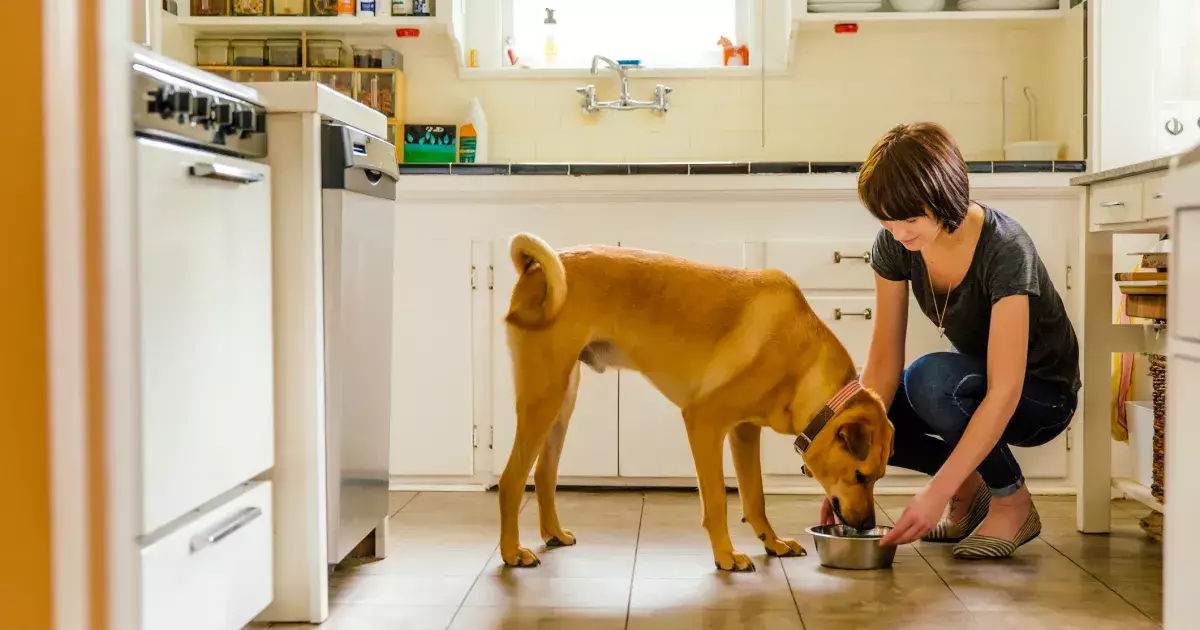As a devoted pet owner, the priority is undoubtedly the health and happiness of your furry companion. One aspect that often raises debate among animal lovers is the practice of free feeding. This method refers to the provision of food to dogs throughout the day, allowing them the freedom to snack whenever hunger strikes. While it may seem like a generous practice aimed at maximizing your dog’s well-being, this article examines the underlying implications of free feeding and whether it’s genuinely advantageous for our four-legged friends.
The Allure of Convenience
Many pet parents lean towards free feeding due to its convenience. By allowing dogs to graze rather than adhering to strict meal times, they can manage the feeding process without stress or time constraints. This flexibility is particularly appealing for those with busy lifestyles, as it removes the need for a rigid feeding schedule and offers a hands-off approach to canine nourishment.
Additionally, some proponents believe that free feeding can alleviate stress and anxiety in dogs surrounding meal times. After all, if food is always available, why should a dog experience the tension of waiting for their next meal? This perspective underscores a compassionate intent — to create a worry-free environment for our furry friends. However, is this convenience truly beneficial, or are we overlooking potential hazards?
The Drawbacks of Free Feeding
While the appeal of free feeding is clear, the possible repercussions are considerable and cannot be ignored. One of the primary concerns is the risk of overeating. Dogs that have constant access to food may consume far more than their bodies require, leading to obesity—a significant health issue that can engender further complications, such as diabetes and joint problems. Unlike designated meal times, free feeding can make it challenging to monitor and maintain a dog’s ideal weight, prompting a cycle of overeating and neglecting nutritional needs.
Moreover, free feeding can disrupt a dog’s natural eating rhythm and impact their bowel habits. Scheduled meals allow pet parents to predict when their dogs will need to relieve themselves, establishing a routine that simplifies housetraining. In stark contrast, the unpredictability of free feeding can lead to inconsistent bathroom schedules, making it more challenging to manage your dog’s elimination needs.
Additionally, feeding routines serve as fundamental opportunities for bonding and training. Regular mealtimes provide pet owners a platform to observe their dogs, reinforce good behavior, and assess their overall health status. When meals are rigidly timed, it allows for an environment where training can flourish, whereas free feeding can release the connection between pet and owner, inadvertently fostering a more detached relationship.
Finding the Right Balance
Given the potential drawbacks of free feeding, pet parents should seriously reconsider whether this method aligns with their dog’s specific needs. If free feeding is the chosen route, it’s essential to stay vigilant about monitoring food intake, ensuring portion control, and incorporating regular exercise into your dog’s daily life. This approach can help mitigate some of the health risks associated with unrestricted eating habits.
Conversely, transitioning to a structured feeding schedule offers an invaluable tool in observing pet behavior, fostering relationships, and promoting overall health. Meal times become a part of daily routine, instilling trust between owner and dog while establishing healthy habits that will serve your furry friend well.
To further guide your decision regarding feeding practices, consulting a veterinarian is advisable. They can provide expert insights tailored to your pet’s specific dietary requirements, behavioral tendencies, and health status. Whether you lean towards free feeding or scheduled meals, making informed decisions is vital in delivering the best possible care for your canine companion.
While free feeding may present an attractive solution for busy pet owners, it necessitates a careful assessment of its risks and effects. The balance between convenience and responsibility ultimately rests in the hands of loving pet parents ready to dedicate time and attention to their furry companions’ health and happiness.

